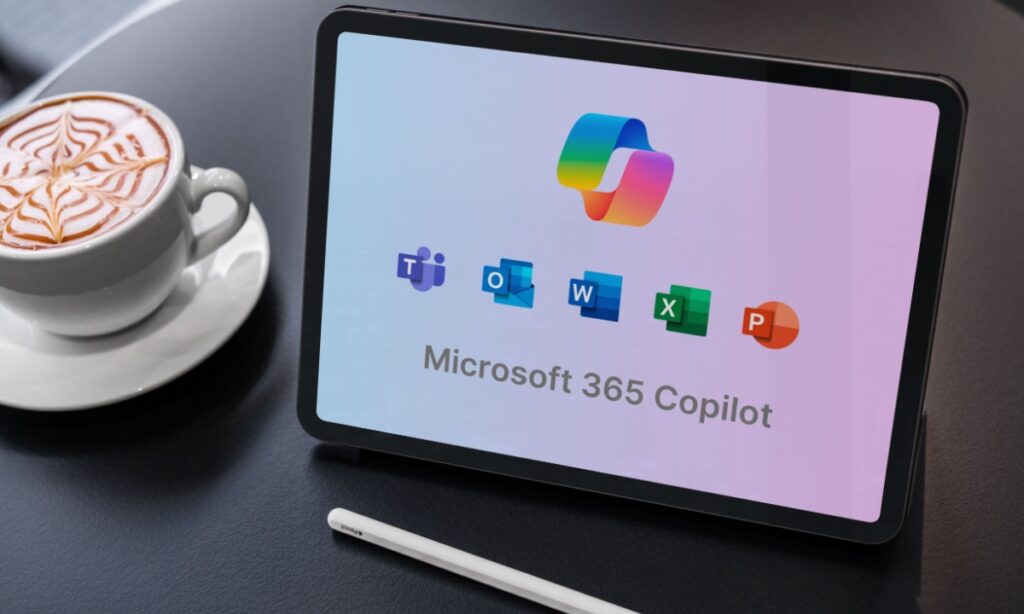Microsoft’s recent strategic decision to integrate Anthropic’s AI models into Office 365 Copilot is indicative of a broader shift in the artificial intelligence landscape, especially in how enterprise software is evolving. By diversifying its AI partnerships, Microsoft aims to enhance productivity tools while reducing dependency on OpenAI, with which it has had a long-standing relationship. Such a maneuver compels SMB leaders and automation specialists to scrutinize the strengths and weaknesses of different AI platforms, thereby understanding how these tools can best serve their organizational objectives.
From a performance perspective, the integration of Anthropic’s Claude models promises improvements in critical functionalities across Microsoft’s Office suite—specifically Word, Excel, Outlook, and PowerPoint. Reports suggest that Anthropic’s models exhibit superior performance in complex tasks crucial for business, such as automating financial functions in Excel and generating coherent presentations from user guidelines. Conversely, OpenAI’s models, while still robust, may not yet match Anthropic’s advanced capabilities in these specific use cases. As SMBs expand their automation capabilities, performance will be a crucial metric to evaluate when selecting an AI partner.
Another factor to consider is the cost structure. For Office 365 Copilot users, the pricing will remain at $30 per user per month despite the integration of Anthropic’s technology. This pricing stability is a strategic choice that aims to position Microsoft competitively in a market increasingly driven by AI functionalities. Companies relying on automation need to weigh the ROI of such investments, particularly given the potential for revenue generation: estimates suggest Office Copilot could surpass $1 billion in annual revenue, signaling strong market acceptance. When considering similar tools, stakeholders should gauge not only the monthly cost but also analyze the productivity gains and efficiency improvements that can arise from implementing advanced AI solutions.
Additionally, scalability is an essential criterion that can determine the long-term success of any AI integration. Anthropic’s Claude models, evidenced by their expansion into creating spreadsheets and slide presentations, showcase a flexibility that can adapt to various workflows and tasks. Such adaptability is crucial for SMBs that usually operate with limited resources and seek solutions that can grow alongside their business expansion. Microsoft’s dual approach—leveraging both Anthropic and OpenAI—highlights a scalable model that other organizations might consider, as it mitigates reliance on a single vendor while maximizing the differentiation of services.
Despite these advancements, challenges remain. Previous iterations of Office AI faced criticisms related to bugs and performance inconsistencies, particularly in experimental features. As Microsoft integrates Anthropic’s technology, it must also confront user hesitance stemming from earlier issues while nurturing reliability and trust. For automation specialists, this inconsistency reinforces the need for rigorous testing and validation before rolling out any new tools or features across an organization.
As SMBs ponder their own journeys into AI, the market offers multiple choices. Platforms like Make and Zapier are competing vigorously in the automation space, each with distinct advantages and limitations. While Make offers extensive customization and flexibility, Zapier prioritizes ease of use and faster implementation. Analyzing these options demonstrates the necessity of aligning tools with organizational goals and user needs. The choice between Anthropic’s capabilities and those of OpenAI will similarly hinge upon specific use cases and required functionalities.
In a competitive landscape where companies are also developing their workplace applications—such as Anthropic and OpenAI creating products that will challenge Microsoft—there is an imperative for SMB leaders to remain vigilant. They should constantly assess how emerging technologies could enhance their existing operations. Microsoft’s adoption of a multi-model strategy illustrates a pragmatic approach to innovation that seeks to deliver exceptional value while hedging against potential setbacks with AI partnerships.
Overall, as SMBs navigate the complexities of adopting AI technologies, the findings from Microsoft’s new direction offer instructive lessons. Organizations should prioritize models that excel in their specific domains, scrutinize cost-benefit analyses to validate the financial viability of AI investments, and remain adaptable to avoid pitfalls associated with vendor lock-in. Moreover, considering both technological capabilities and user experience will be essential in deriving value from these advanced tools.
FlowMind AI Insight: In today’s rapidly evolving AI landscape, companies stand to gain a competitive edge by diversifying their technology partnerships. A multi-vendor approach can not only address specific operational needs more effectively but also enable businesses to remain agile in a market where AI is becoming fundamental to operational efficiency and productivity.
Original article: Read here
2025-09-10 09:24:00

